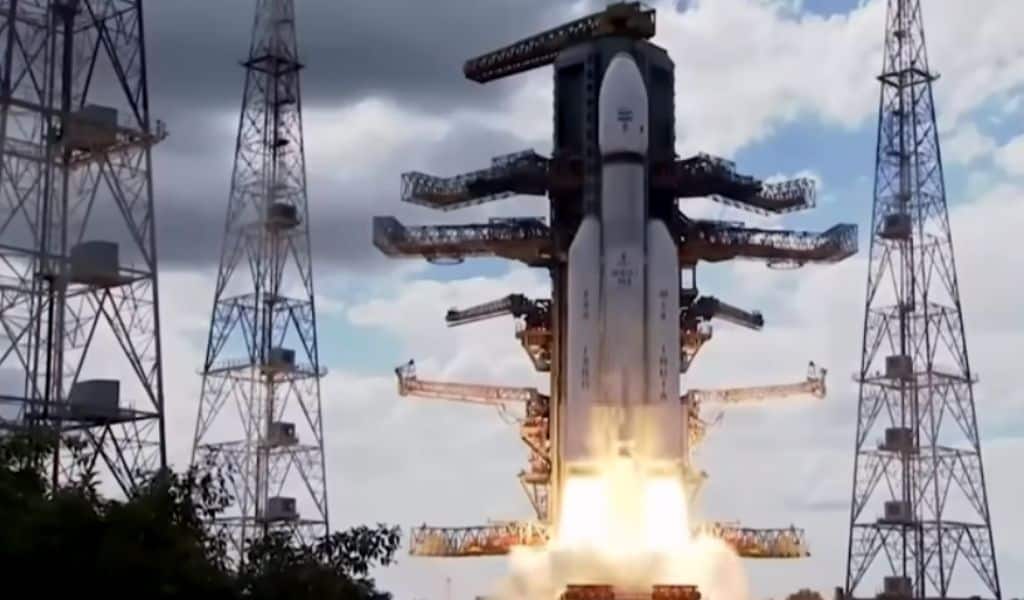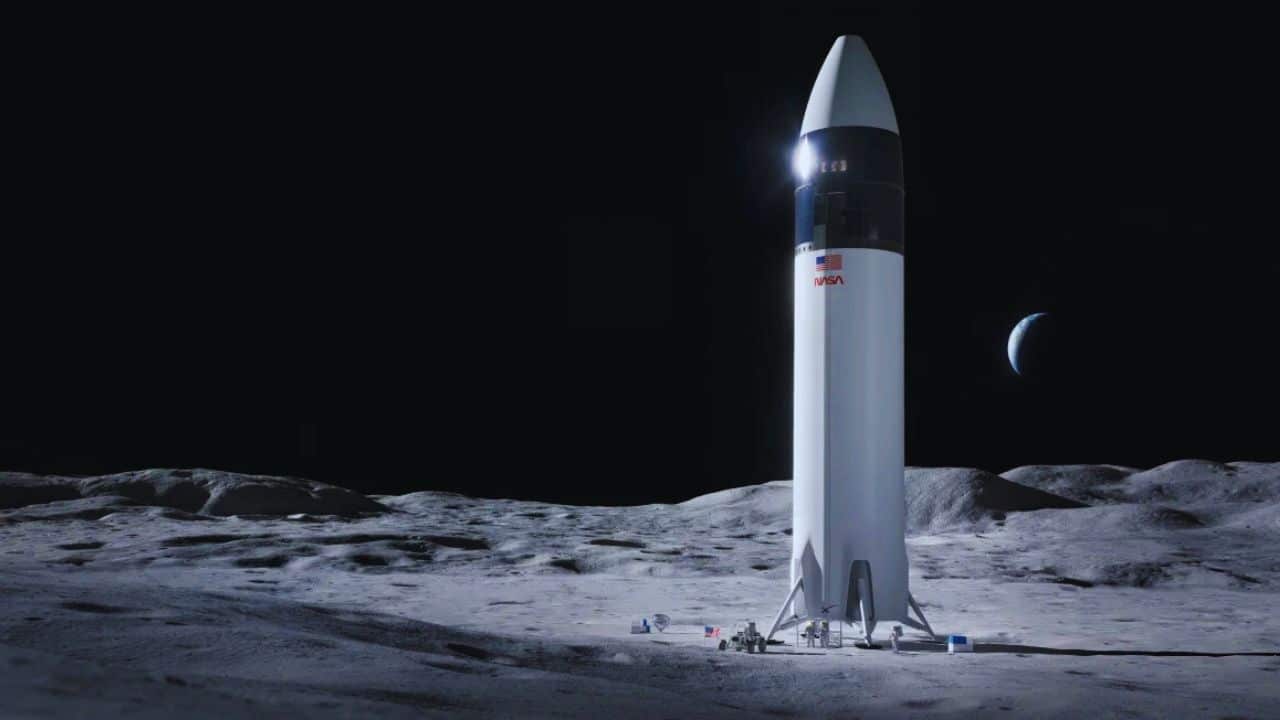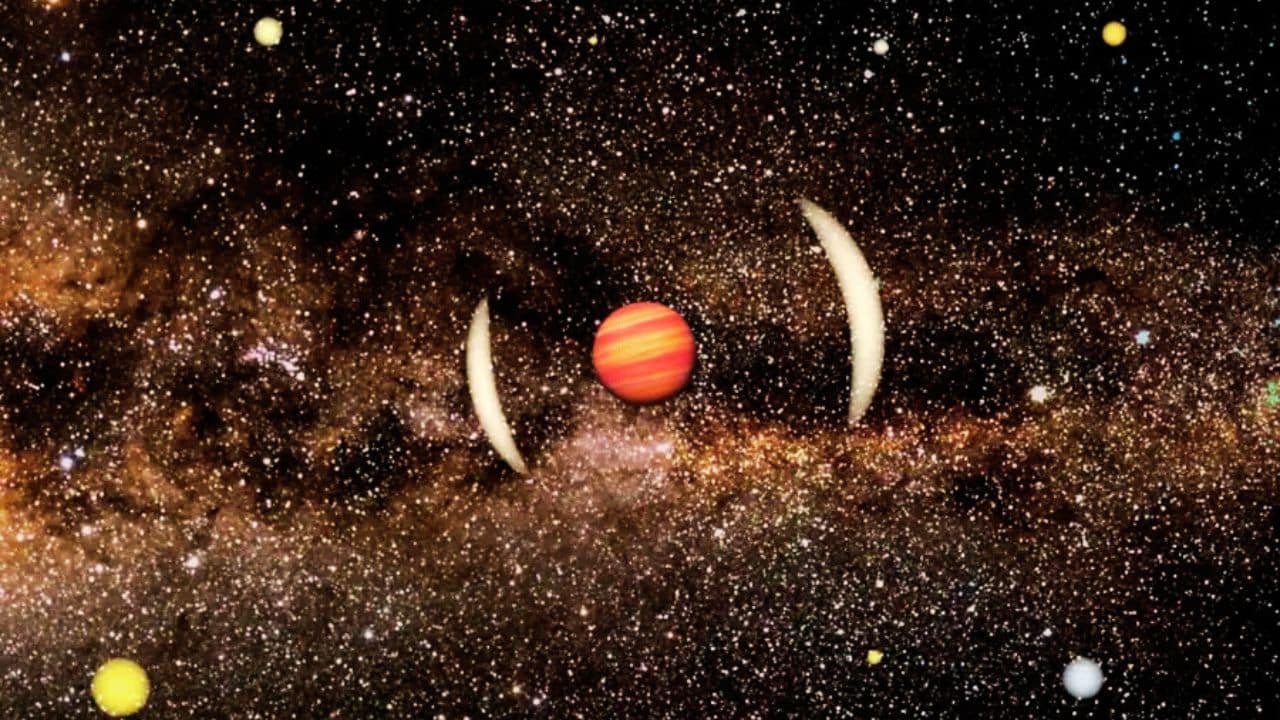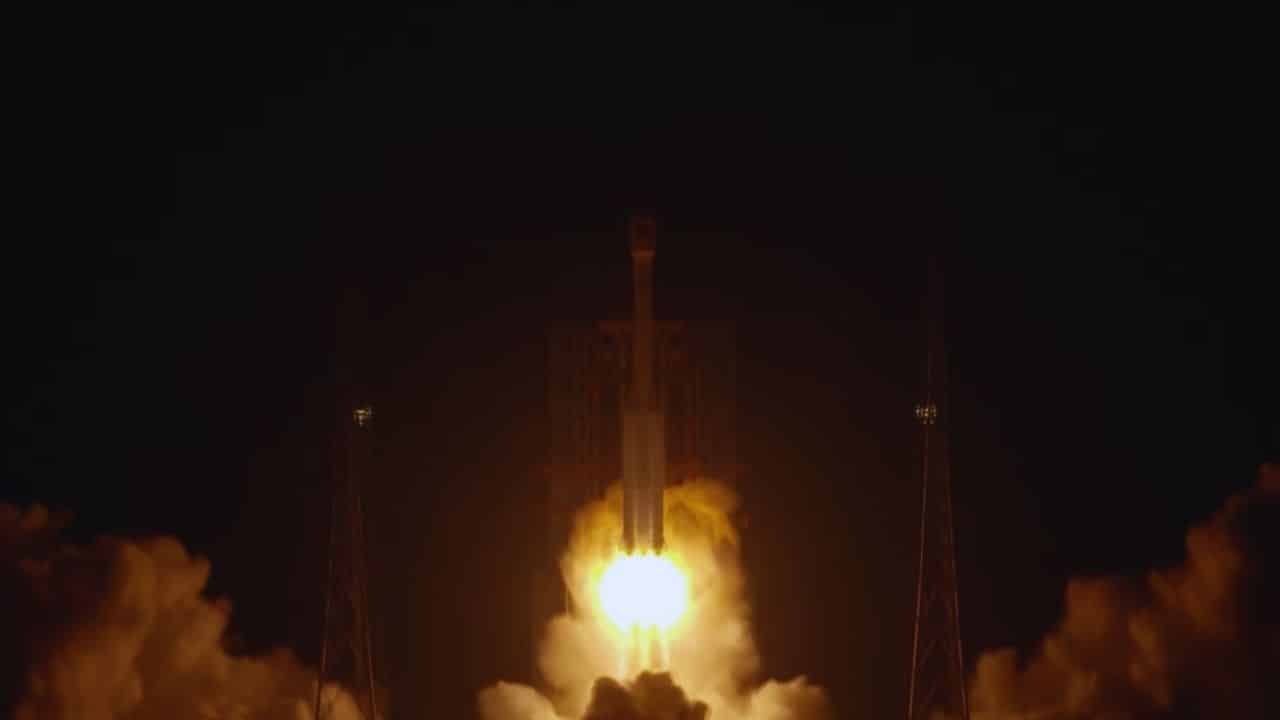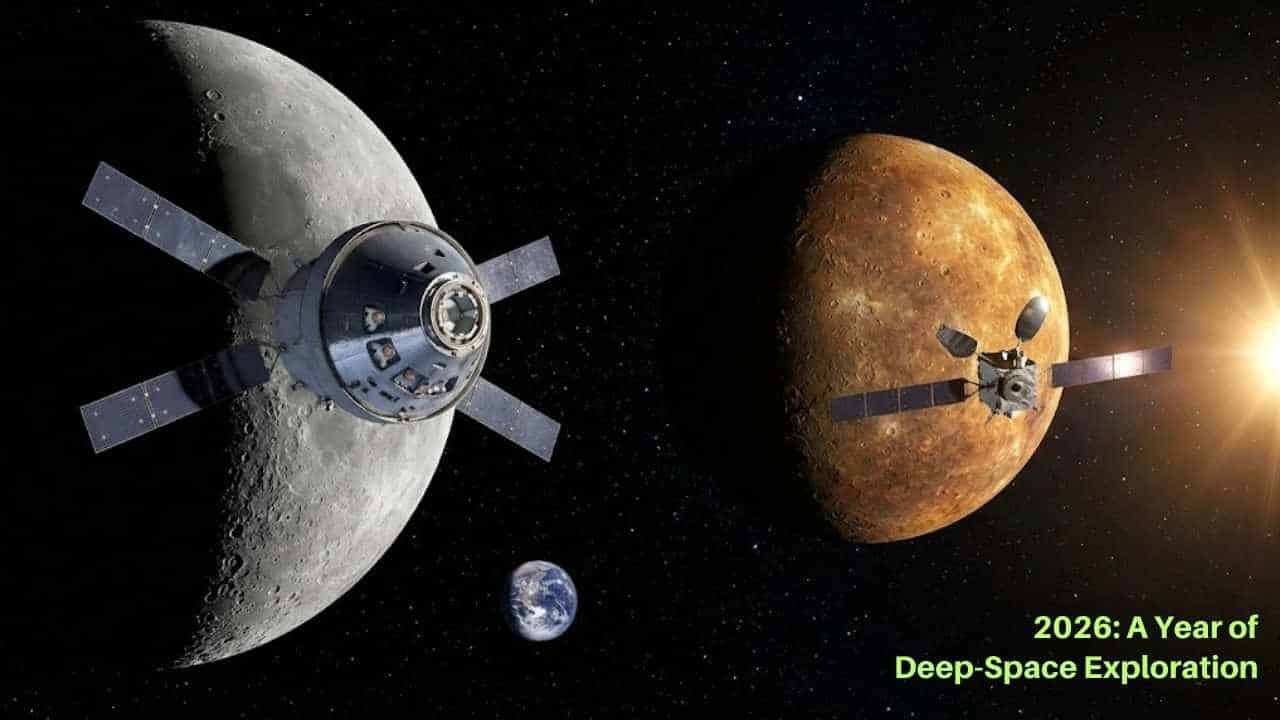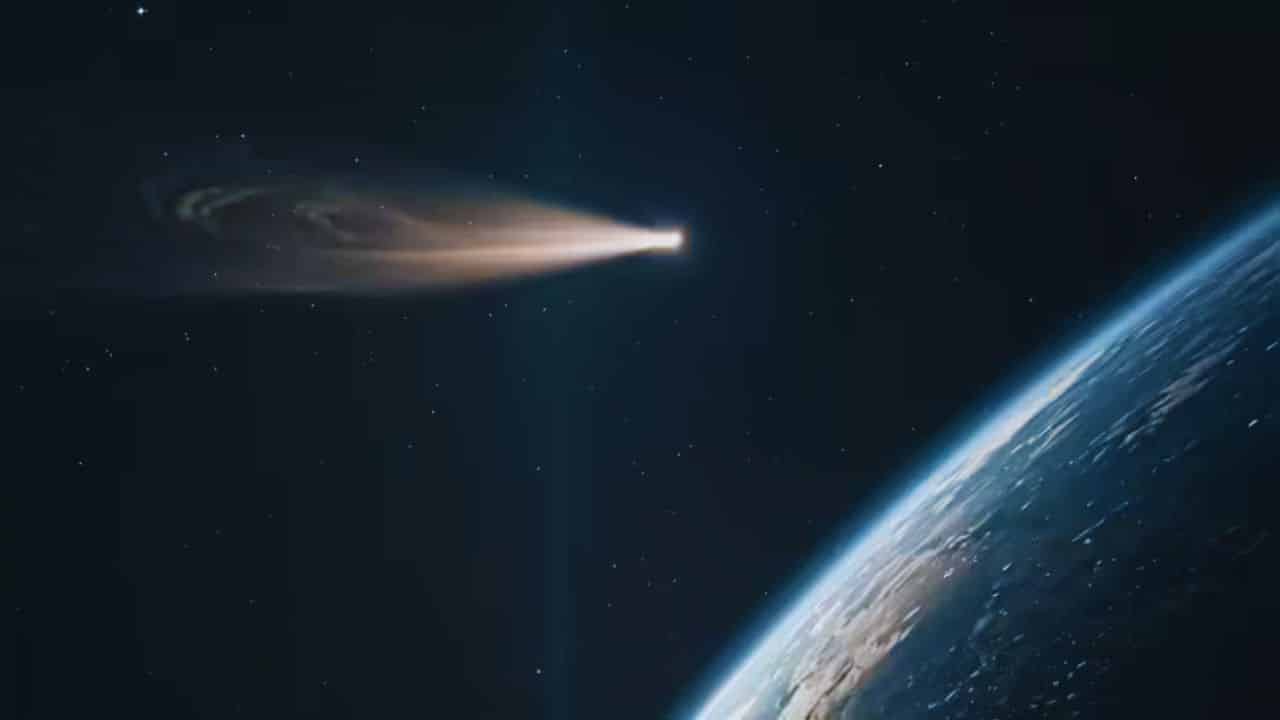According to the NASA database on Moon missions, of the 111 lunar missions over the past seven decades, 62 were successful, 41 failed, and eight had some degree of success.
Chandrayaan-3, India’s third mission to the Moon, was launched on July 14 with the goal of making a soft landing on the sole natural satellite of the Earth. After the United States, China, and the Soviet Union, India would become the fourth nation to accomplish exceptional accomplishments with a successful landing.
The technically difficult soft landing on the lunar surface, which Chandrayaan-2 was unable to do, has been scheduled for 5.47 p.m. on August 23, according to the Indian Space Research Organisation (ISRO).
According to G. Madhavan Nair, a former chairman of ISRO, the success percentage of lunar missions is only about 50% due to uncertainties that arise when rockets leave Earth’s gravitational field.
“The Sun has a significant impact on other planets. In space, there are numerous radiation situations, which makes some machinery or components vulnerable to breakdown. We accurately reached the moon’s orbit in both of India’s Chandrayaan missions (Chandrayaan 1 and 2), Mr. Nair said on Friday, according to PTI.
According to the statistics, India, the United States, the USSR (now Russia), Japan, the European Union, China, and Israel have all launched various lunar missions between 1958 and 2023, including orbiters, landers, and flybys (orbiting the Moon, landing on the Moon, and passing by the Moon).
The United States launched Pioneer 0, the first lunar mission, on August 17, 1958, but it was a failure. Both the USSR and the US launched six further missions that year, all of which were unsuccessful.
On January 2, 1959, the USSR launched Luna 1, which had some success. Furthermore, it was the first “Moon flyby” mission.
The first mission to photograph the Moon up close was the American Ranger 7 mission, which was launched in July 1964.
Luna 9, launched by the USSR in January 1966, made the first soft lunar landing and the first lunar surface images. A comparable mission known as Surveyor-1 was successfully launched by the United States five months later, in May 1966.
The historic mission known as Apollo 11 that took place in July 1969 was the one that allowed mankind to set foot on the moon for the first time. Neil Amstrong served as the mission’s commander.
Only the US and the USSR launched Moon missions between 1958 and 1979. 90 such space voyages have been launched by the two nations in these 21 years.
In the decade that followed, from 1980 to 1989, there were no lunar missions. Late additions included Japan, the European Union, China, India, and Israel.
In January 1990, Japan launched the Hiten orbiter mission. Additionally, this was Japan’s first Moon expedition. After that, Japan launched Selene, another orbiter mission, on September 2007.
From 2000 to 2009, there were six lunar missions: Europe (Smart-1), Japan (Selene), China (Chang’e 1), India (Chandrayaan-1), and the United States (LCCROSS and Lunar Reconnaissance Orbiter).
Together, the United States, Japan, India, the European Union, China, and Israel have launched 21 lunar missions since 1990.


